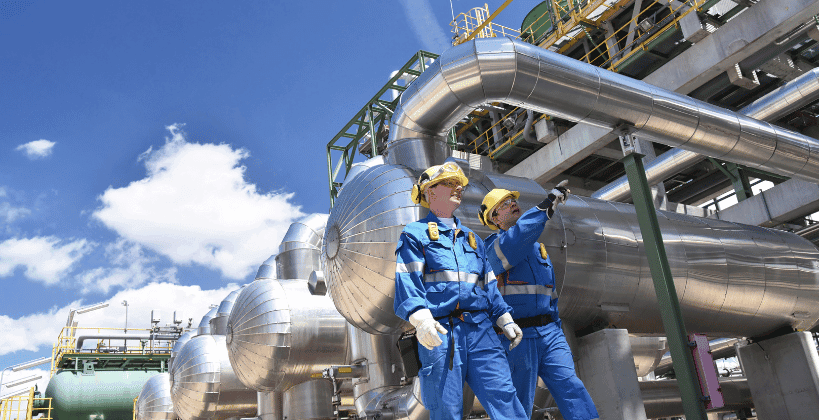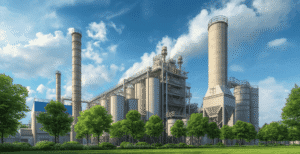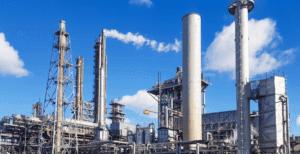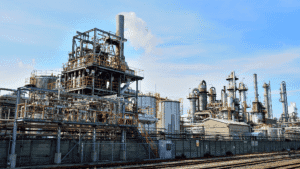In cement plants, power stations, steel mills, chemical factories, and pharmaceutical cleanrooms, air filtration systems form the backbone of process stability and compliance. Clean air is not just a matter of environmental responsibility—it directly influences operating efficiency, energy consumption, product quality, and ultimately profitability.
Yet the recurring dilemma faced by plant managers and maintenance engineers remains the same: when is the right time to replace industrial filters? Replace them too early and you inflate operating costs. Delay replacement, and you risk fines for emissions, product contamination, unplanned outages, and costly equipment damage. The key lies in recognizing measurable performance indicators and translating them into a structured replacement strategy.
Monitoring Performance Indicators
The health of a filter is best understood by tracking measurable KPIs. Three stand out as the most reliable:
- Differential pressure: In baghouses and cartridge filters, pressure drop should typically remain within 1000–1500 Pa (4–6 in. w.c.). A steady increase indicates dust cake buildup or blinding.
- Energy demand: Fans forced to overcome restricted airflow can consume 15–20% more electricity. Monitoring fan kW load offers a direct correlation between filter resistance and wasted energy.
- Emission levels: Stack tests provide the clearest compliance check. If emissions approach regulatory thresholds—such as CPCB’s 30 mg/Nm³ for cement, the EU’s 20 mg/Nm³, or the US EPA’s 25 mg/Nm³—filters are already underperforming and must be inspected.
These KPIs, when tracked continuously, allow plants to replace filters based on actual performance rather than guesswork.
Preventive and Predictive Maintenance
A data-driven approach to maintenance transforms filter replacement from a reactive task into a cost-optimized process. Instead of relying on fixed calendars, leading plants now integrate predictive models. Dust loading rates, operating hours, and cleaning cycles are logged in real time, while IoT-enabled sensors feed back pressure, temperature, and humidity data. The result is precise forecasting of filter life.
For example, cement kiln baghouses operating under heavy dust loads typically require replacement every 18–24 months. In contrast, food and pharmaceutical applications—where sterility and VOC containment are critical—often demand cycles of 12–18 months, with interim inspections to ensure no risk of cross-contamination. Such tailored strategies align replacement timing with actual operating conditions rather than arbitrary intervals.
Çözüm Yelpazemizi Keşfedin:
Recognizing Early Warning Signs
Instrumentation may tell the story in numbers, but operators on the ground often notice issues first. Dust plumes escaping from stacks, excessive cleaning cycles with no airflow improvement, and inconsistent product yields all point to declining filter performance. In recovery-intensive industries like carbon black or cement, even a 2% drop in collection efficiency can mean substantial material losses across a year. In sensitive environments such as food or pharma, odors or volatile compound leaks compromise not only product quality but also regulatory approval. These symptoms, once visible, should trigger immediate inspection.
Why Timely Replacement Protects Profits
Delaying replacement carries consequences that extend far beyond emission breaches. A clogged filter raises fan energy demand by up to 30%, inflating operating costs in systems where fans already account for nearly 40% of total energy consumption. At the same time, unrecovered dust translates into lost revenue—whether it is clinker fines in cement, carbon black in rubber production, or metallic particles in steel operations. Worse still, recirculated particulate accelerates corrosion and fouling inside ducts, fans, and downstream equipment, shortening the lifecycle of high-value assets. The cost of late replacement can easily outweigh the cost of filters themselves.
Intensiv-Filter Himenviro’s Advantage

This is where Intensiv-Filter Himenviro brings value. Our filter systems are designed with advanced, high-durability media engineered to withstand abrasive dust, high temperatures, and chemically aggressive environments. Integrated monitoring systems provide real-time differential pressure and emission data, giving operators clear visibility on performance trends. More importantly, our lifecycle planning is tailored to each industry, whether the goal is maximizing material recovery in cement, protecting sterility in pharmaceuticals, or ensuring low emissions in power and steel.
Replace Filters Before They Cost You
The decision of when to replace a filter should never be guesswork. By tracking pressure drop, energy usage, and emission levels while also observing on-the-ground warning signs, industries can strike the balance between premature replacement and costly delay. Filter replacement, when guided by data, becomes not just a maintenance task but a profit-protection strategy.
Intensiv-Filter Himenviro combines durable filter design, predictive monitoring, and sector-specific expertise to ensure replacements happen at precisely the right moment—not too soon, never too late.
Get in touch with our team today for a customized maintenance assessment and discover how smarter filtration management reduces costs, safeguards compliance, and extends equipment life.
Sıkça Sorulan Sorular
The frequency depends on your industry, dust load, and operating conditions. For heavy-dust environments like cement or carbon black, filters may need replacement every 12–18 months. In food or pharmaceutical cleanrooms, replacement cycles are often shorter due to stricter hygiene requirements.
Common signs include a steady rise in pressure drop, higher energy bills from overworked fans, visible dust leaks, unusual odors, or inconsistent product quality. These indicate filter blinding, leaks, or loss of efficiency.
A rising differential pressure across the filter shows that airflow is restricted. Once pressure drop exceeds the recommended limit, it’s time to clean or replace the filter to avoid energy waste and equipment strain.
Yes. Modern systems use IoT sensors and monitoring tools to track KPIs like pressure drop, temperature, and emissions. This data allows predictive maintenance, helping you replace filters at the optimal time instead of reacting to breakdowns.







